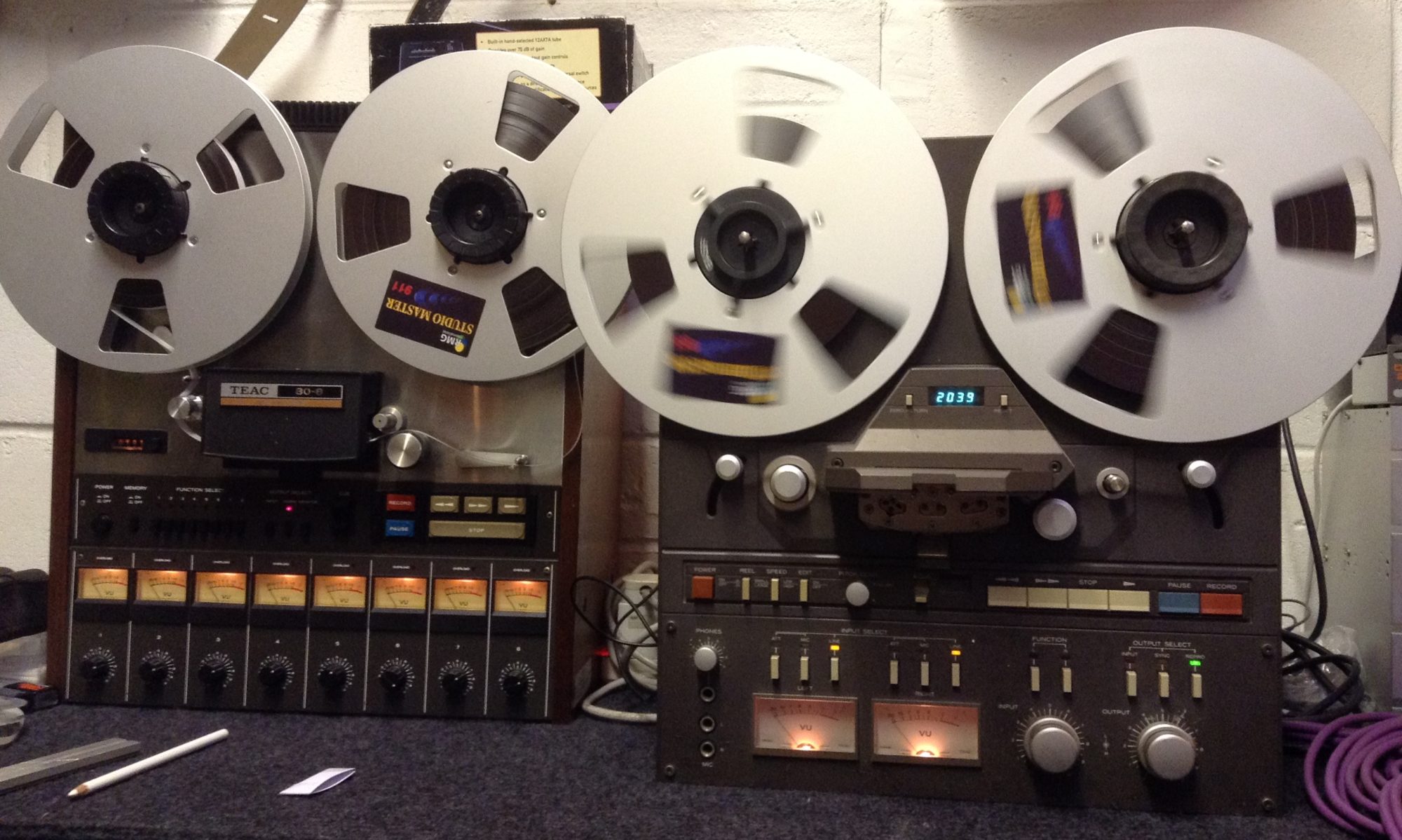This song’s roots are old. The song was originally written, way back in 2003, as an instrumental on harmonium. The harmonium part has remained pretty much the same since then. The verse explores a chord I am often drawn to: major with an added 4th (e.g. G, B, C, D).
The C is held through the verse, and the semi-tone clash between B and C provides a regular, repeating discord, and upsets any clear sense of G major. For the bridge the held C is maintained, but the harmony moves to Ab major. This enharmonic change is influenced by Kurt Weill, specifically his Tango Ballad from The Threepenny Opera. The chorus moves the held C down to a held B (a welcome change) and moves the harmony to E major(ish). The very end section moves the harmony to B, and builds from an open B to a fully chromatic cluster and back to open B. This is achieved on the harmonium by gently depressing notes so that they come in almost imperceptibly. The reversal, after the fully chromatic section, slowly releases notes.
Some time around 2011 I decided to add a sung melody to the piece.The verse melody again explores the 3rd/4th (B/C) relationship, and also emphasises the rhythmic pushes in the harmonium part (this gives coherence, but also makes it easier to sing and play at the same time). The bridge melody plays on the #4th, 6th, and 7th degrees of Ab (D, F and G). The chorus melody is very simple, mainly sitting on one note as the chords slide around it.
The lyrics, written in 2012, were inspired by the documentary Sound It Out (2011). This tells the story of the last remaining record store in Teeside, and features Status Quo fan Shane Healey, who has decided that when he dies he is going to have his (very large) Quo vinyl collection melted down and formed into his coffin, in which he will be buried. I retell his story to rather un-Quo-like music.
